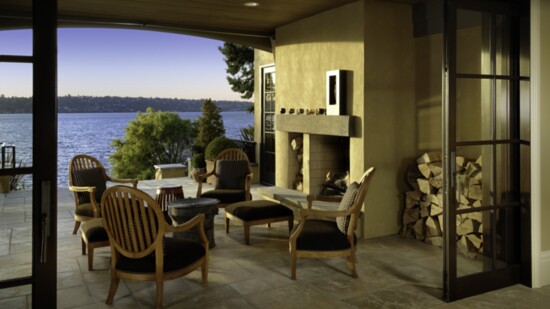Architects seem to occupy an enviable social position in our culture, residential architects even more so. What contributes to the public’s generally favorable view of the profession and is it a good thing?
The popular press and the broader media’s somewhat one-dimensional romanticized portrayal of architects certainly props up these positive opinions. Broad surveys across multiple studies indicate public perceptions of the profession are generally highly favorable. These surveys highlight an important factor that may go the furthest to explain the sustained high social status architects enjoy.
According to published data, in the United States, only a little over 3 in 10,000 of us are licensed architects. According to the American Institute of Architects, only about 25% of these design residences. Rare indeed. For many of us, this means we may go through our entire lives without ever meeting an architect, let alone have an opportunity to work with one. For comparison, there are roughly 760 times as many physicians and dentists that nearly all of us encounter regularly in some fashion. No wonder architects seem as mythical and rare as unicorns!
When we do think about architects at all, there is a tendency to find the whole enterprise kind of mysterious, even spooky. Not many of us are charged with using our imagination to hatch ideas for things as complex as whole buildings and then accurately describe how to build it in exhaustive detail. Then, as if descending into an imaginary video game scenario, the architect must successfully navigate through a gauntlet of intimidatingly powerful bureaucrats who inhabit the labyrinthine maze of regulations and building codes that confront them. It would be natural to view the architect emerging victorious from these challenges as heroic and wizard-like. Beware of architects who exploit this often-undeserved status.
To the average person, architects are almost as rare as unicorns, and the craft they practice takes on almost magical dimensions that borders on wizardry.
